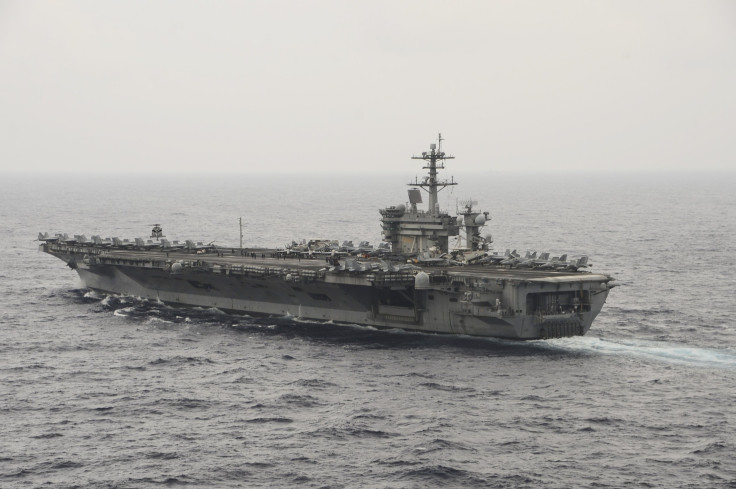China works on another monster ship, defends its position in South China Sea

China has completed another "monster ship" to patrol the disputed South China Sea. Furthermore, amidst the rising tension and warnings from other countries, Beijing continues to defend its test flights in the region rebuffing Vietnam's criticisms.
Chinese state media recently reported that the country completed a a second 10,000-tonne China Coast Guard (CCG) cutter intended for patrolling in the South China Sea. According to the report, the ship is designated at CCG 3901. Its sister ship, the CCG2901, is already in the East China Sea.
The media has been calling the ship a "monster" specifically for its unusual size. Some sources estimate that if all systems become on board, then the vessel may have a displacement of around 12,000 to 15,000 metric tonnes. To emphasise the size of the vessel, it is 50 percent larger than the US Navy’s Ticonderoga-class guided missile cruiser.
The vessel comes with two anti-aircraft guns, two secondary guns and 76 millimetre rapid fire guns. It can also reach up to 25 knots of top speed. The size of the ship matters especially for hostile encounters between coast guards as opposed to actual surface naval combat. China can gain another strategic position in the South China given the size of the vessel and the seemingly escalating contests of military powers scaring each other off.
China's concerns in the South China Sea do not end in its vessels. The country was also faced with Vietnam's criticisms after it supposedly launched unannounced flights over the disputed region. China defended the flights saying they did not violate anything.
According to Chinese foreign ministry spokesman Hong Lei, China's aviation regulator informed its Vietnamese counterpart regarding the flights last December 28. The official also said that there was a follow-up technical briefing with diplomats two days after, according to The Australian. He added that the flights did not violate international civil aviation rules because they were completely within China's sovereignty, as opposed to what Vietnam said.





















